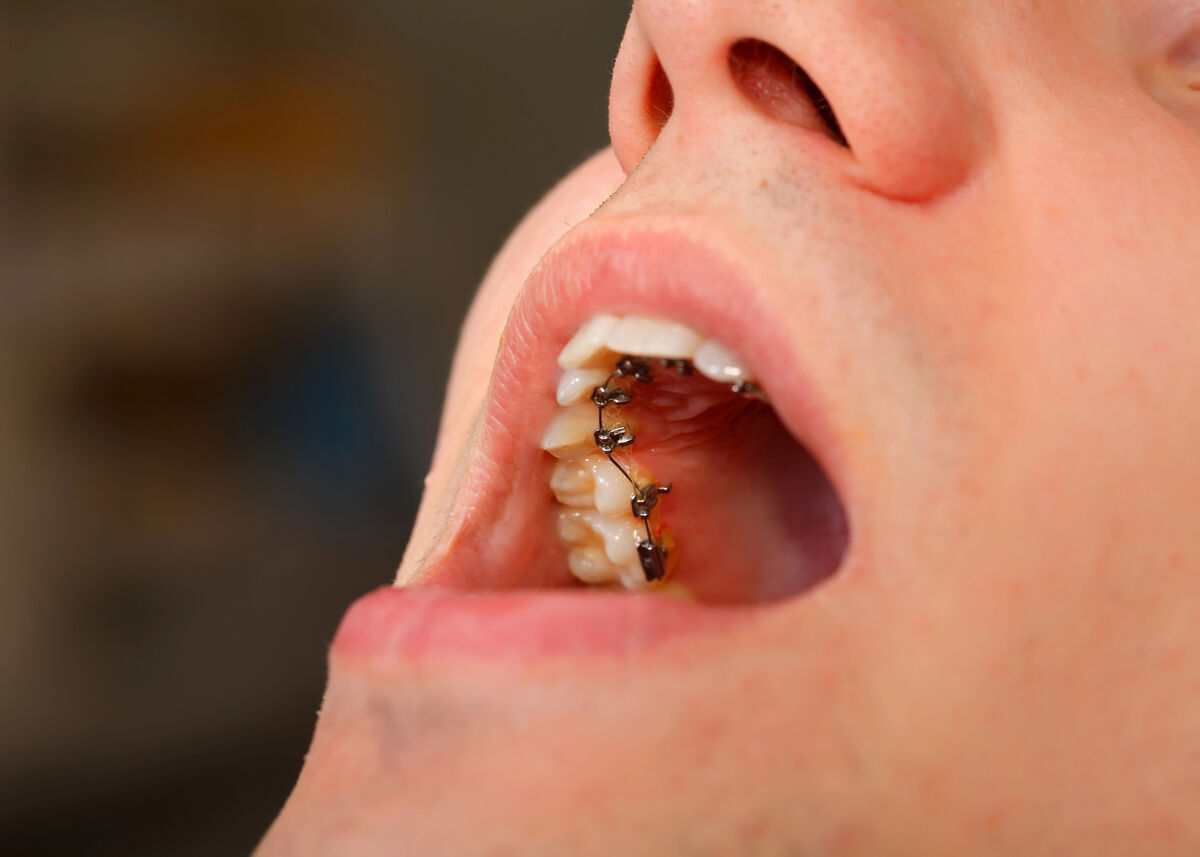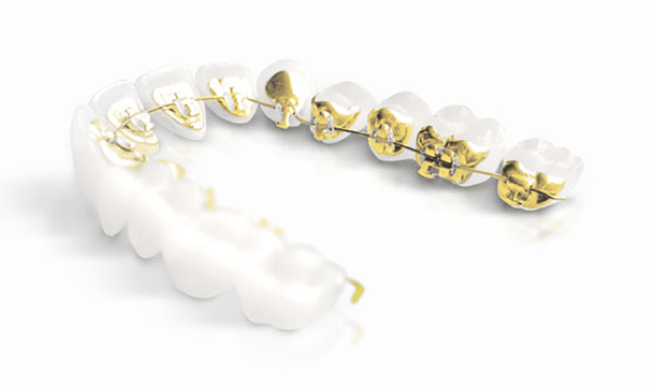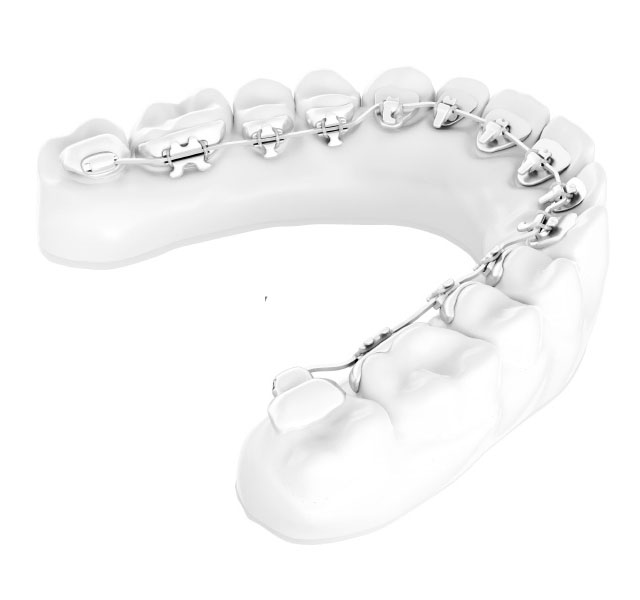Contents

Lingual Braces: The 100% Invisible Orthodontic Treatment
Discover lingual orthodontics, the revolutionary technique that redefines aesthetic orthodontics. Thanks to invisible braces placed on the back of the teeth, this method offers discreet and effective dental correction, ideal for adults concerned about their appearance. Dive into the secrets of lingual orthodontics and learn more about its advantages, its different appliances, and the keys to a successful treatment.
Introduction to Lingual Orthodontics
Lingual orthodontics is an innovative technique that is revolutionizing the world of orthodontics. Thanks to braces placed on the inner surface of the teeth, this method offers discreet and effective dental correction, particularly popular with adult patients concerned about their appearance.
What is Lingual Orthodontics?
Definition and Principle
Lingual orthodontics is an orthodontic technique that involves bonding attachments (called brackets) to the inner surface of the teeth, on the tongue side. These brackets are connected by an archwire that exerts continuous pressure to gradually move the teeth and correct their alignment.
Evolution of the Technique
The first lingual appliances, which appeared in the 1970s, had drawbacks such as discomfort and risk of injury. Thanks to technological advancements, particularly digital modeling and computer-aided design, the appliances have been significantly improved. Customization of the brackets and reduction in their size have made the treatment more comfortable and discreet.
Lingual vs. Conventional Orthodontics
Unlike conventional orthodontics, where the brackets are placed on the outer surface of the teeth, lingual orthodontics uses brackets that are invisible from the outside. This difference in placement requires specific adjustments, such as accounting for the pressures exerted by the tongue and increased exposure to food.
Advantages of Lingual Orthodontics
Discretion and Aesthetics
The main advantage of lingual orthodontics is its invisibility. Since the brackets are hidden behind the teeth, the treatment goes completely unnoticed. This discretion is particularly appreciated by adult patients who want to correct their smile without affecting their professional or social appearance.
Effectiveness and Results
Despite its different positioning, lingual orthodontics offers effectiveness comparable to conventional orthodontics. It can treat a wide variety of dental problems, such as:
- Misaligned or crowded teeth
- Gaps between teeth
- Malocclusions (jaw misalignments)
Comfort and Adaptation
Thanks to advances in the design of lingual appliances, patient comfort has been significantly improved. Thinner brackets that are better adapted to the tooth's morphology reduce irritation and speech difficulties. After an adaptation period of a few weeks, most patients no longer feel any daily discomfort.
The Different Types of Lingual Appliances
Incognito
The Incognito system is one of the most advanced lingual appliances. Its main features are:
- Custom-made gold alloy brackets, designed from a digital impression of the teeth
- Increased precision and effectiveness due to the quality of the materials used
- A thin and ergonomic design for optimal comfort
- Excellent biocompatibility, ideal for patients allergic to nickel

Custom-made gold alloy brackets.
WIN
The WIN system is another lingual appliance option, offering:
- Customized brackets made of a cobalt-chromium alloy
- Comfort and precision comparable to the Incognito system
- A more affordable cost, but with a higher risk of allergy for sensitive patients

Customized cobalt-chromium alloy brackets.
Comparison of Different Appliances
| Appliance | Materials | Customization | Comfort | Price |
|---|---|---|---|---|
| Incognito | Gold Alloy | Custom-made | Excellent | High |
| WIN | Cobalt-Chromium | Custom-made | Very Good | Moderate |
The Process of a Lingual Orthodontic Treatment
The treatment process involves a consultation and planning phase, appliance placement, regular follow-ups for adjustments, and a retention phase after the appliance is removed to maintain the results.
Cost and Insurance Coverage for Lingual Orthodontics
The cost of lingual orthodontic treatment depends on several factors, including the complexity of the case and the type of appliance used. On average, lingual braces cost between $8,000 and $12,000, which is about 2 to 3 times more than conventional treatment. This difference is due to the customization of the appliances and the technical skill required for placement. Check with your dental insurance provider for specific coverage details under your orthodontic benefits.
Conclusion
Lingual orthodontics represents a major advancement in the field of aesthetic orthodontics. Thanks to invisible and customized appliances, it offers patients an effective solution to align their teeth without compromising their appearance. Although its cost is higher than conventional treatments, lingual orthodontics is increasingly popular among adults who are conscious of their image and smile.
